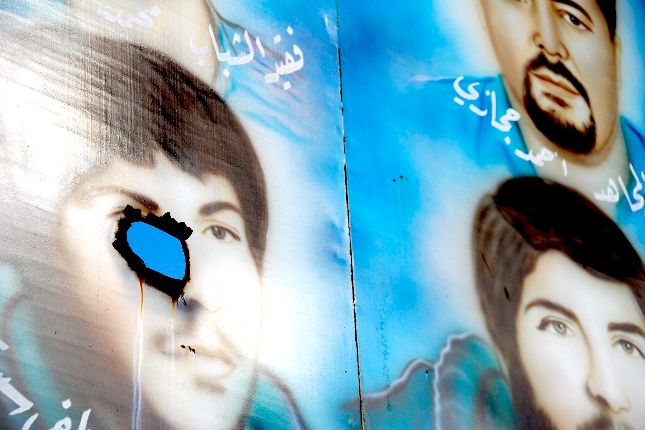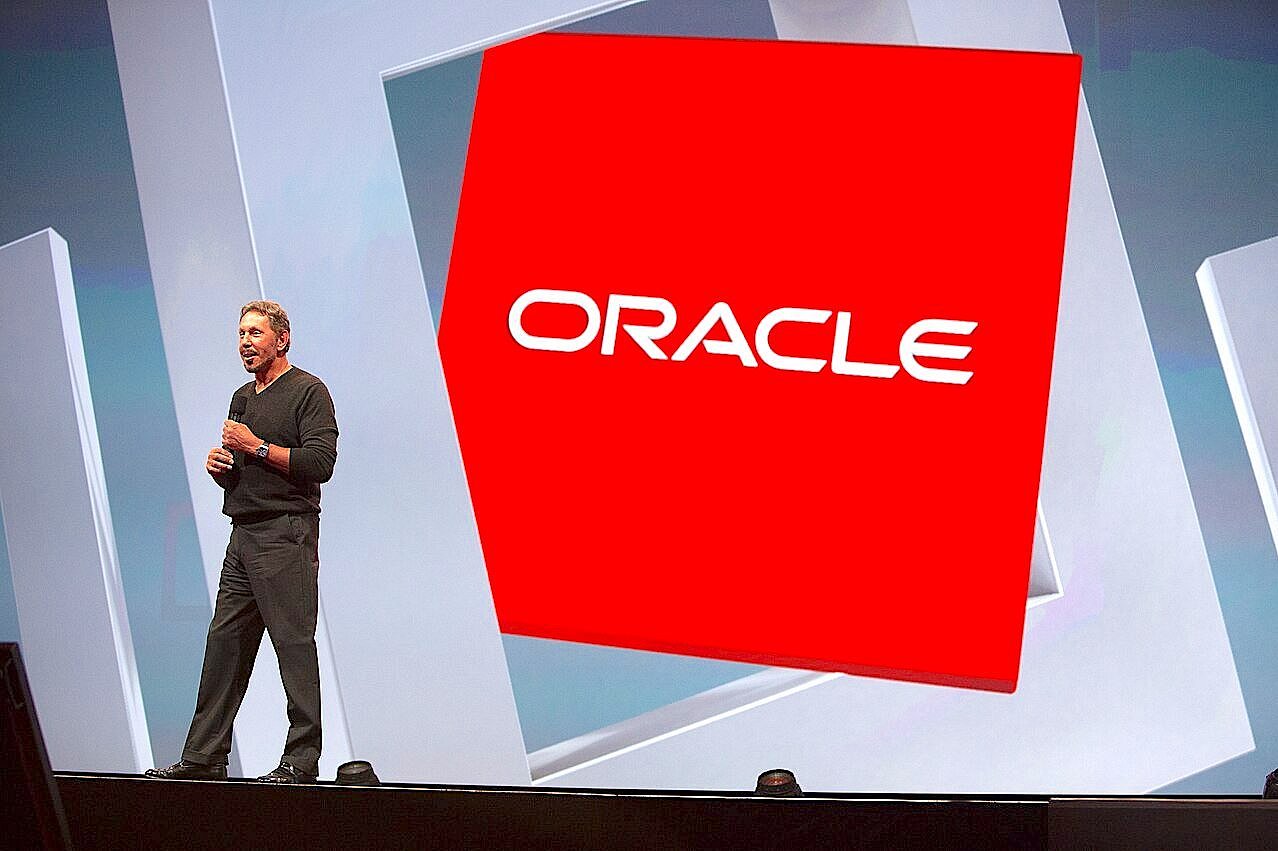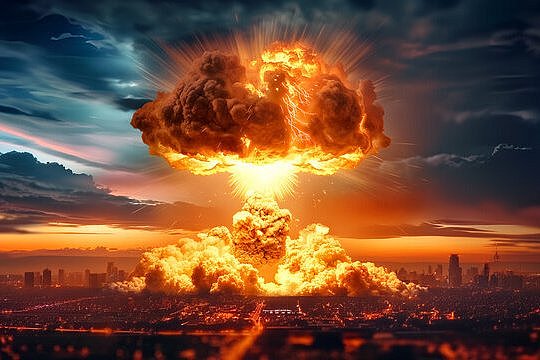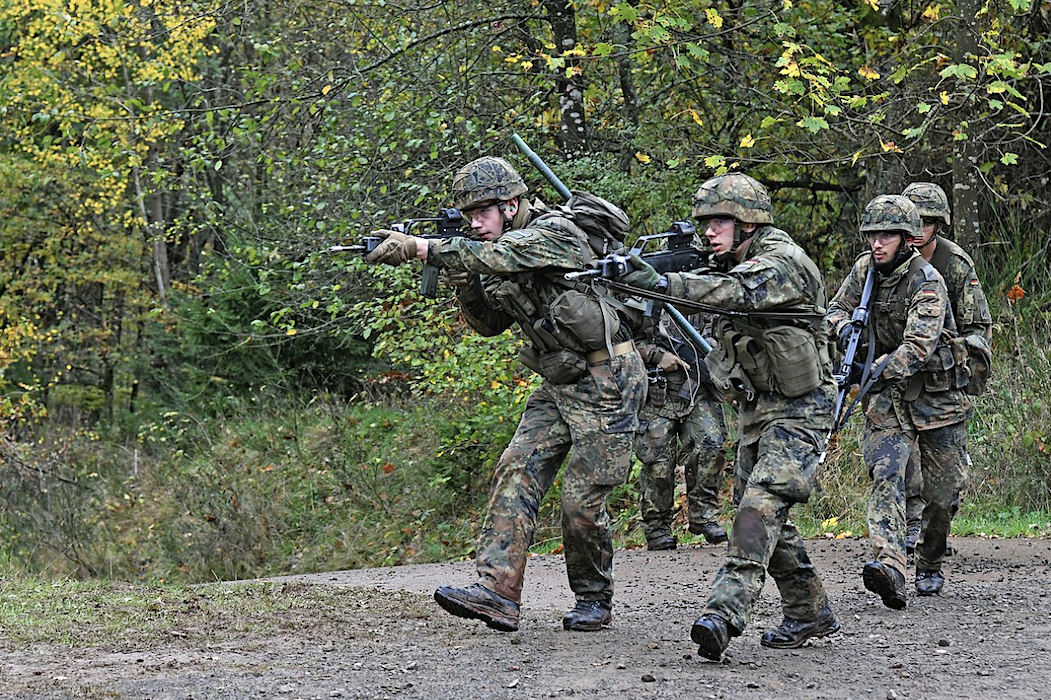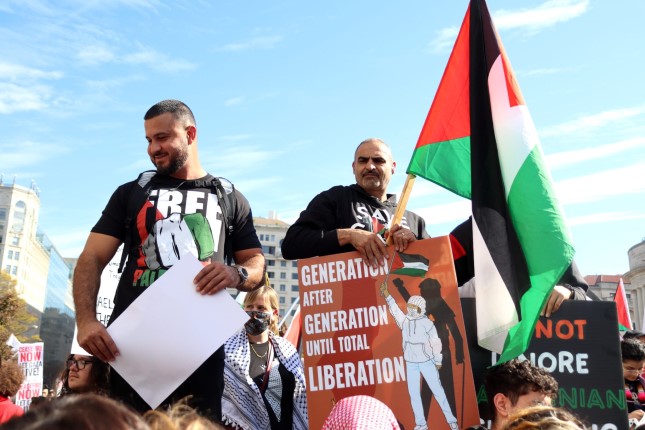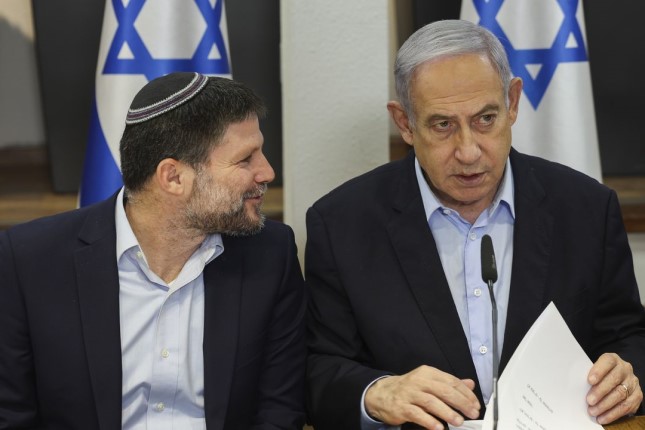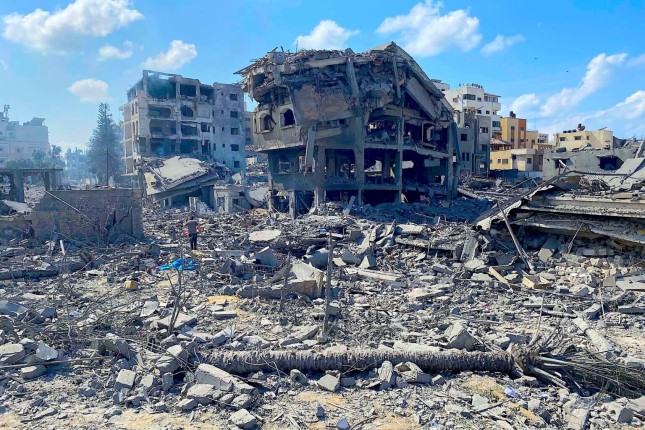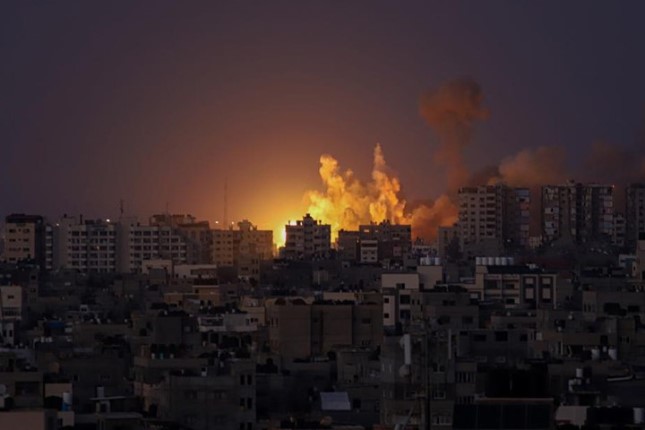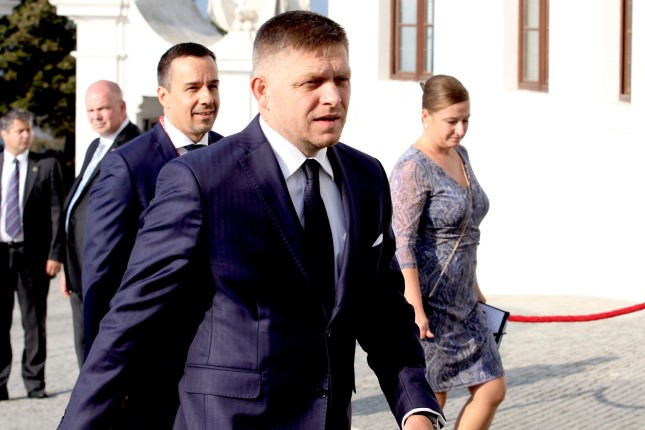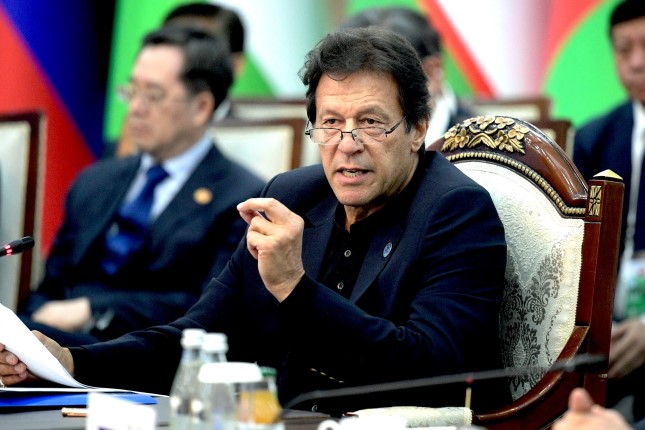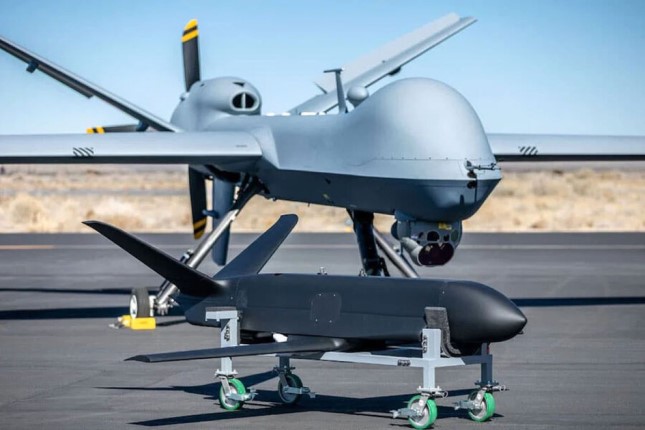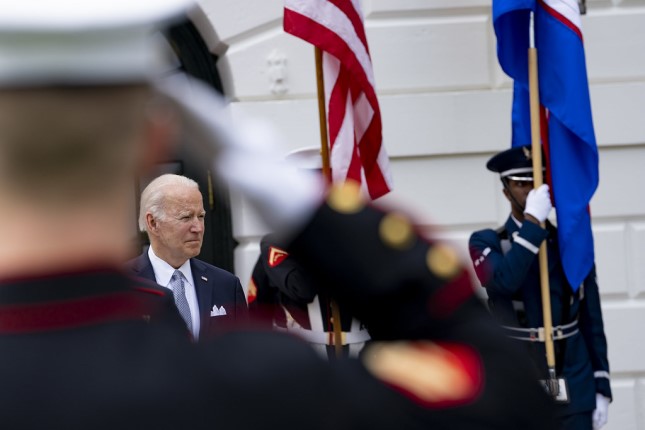The Israeli war machine is accelerating its attacks on North Gaza, Lebanon, the West Bank and as far away as Yemen. It even hit Egypt “by mistake.”
The assassination of Hezbollah leader Hassan Nasrallah was supposed to eliminate the resistance group once and for all, especially because Israel also hit the command council of the elite military force Al-Rudwan. This was followed by relentless repeated daily bombardment of Beirut, the southern suburbs and the rest of Lebanon.
Israel was intent on eliminating all leaders of the party. But it pursues once again a policy that relies solely on massive, indiscriminate violence without any observable strategy for attaining its (hitherto largely unknown) political goals.
Israel, a year after it began its genocide in Gaza, is still not open about its end goal. (The Israeli public does not know, nor the U.S. government, the chief sponsor and enabler of Israeli genocide and aggression.)
For Israel, which has been intoxicated with unconditional unlimited American support (U.S. President Joe Biden may have truly been the most indulgent president of Israeli savagery since 1948), the slaughter of the large numbers of civilians appears to be a goal in itself.
Since its founding, Israel has operated on the dictum that if it kills a large number of civilians, it will be able to subjugate and instill fear in them to drive them from their ancestral land.
Zionist gangs introduced terrorism to the region as early as the 1930s for that purpose. They literally wanted to terrorize the native population to push it out of Palestine. Menachem Begin, a former Israeli prime minster, in his book The Revolt, bragged about doing this in the Deir Yassine massacre.
Strategy Failing
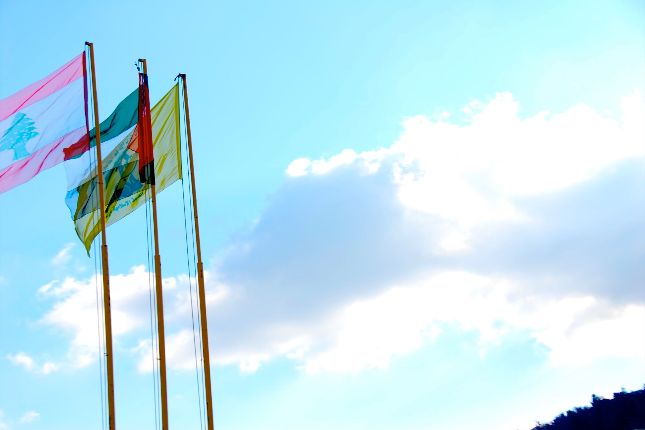
Flags of Lebanon, Palestine and Hezbollah in 2007 flying next to the israeli border fence near Kfar Kila, southern Lebanon. Photo: Paul Keller, Flickr, CC BY-NC 2.0.
That strategy, however, is not working: the Palestinians in Gaza and the West Bank are not going anywhere despite agonizing displacement after displacement.
Israel, after a century of conflict, wishes that through its callous and savage methods the population will surrender. Zionists still conceive of a time when the natives will simply embrace their occupation by a racist and brutal power.
In the case of Lebanon, Israel is already facing a big surprise: Hezbollah is not destroyed. Its obituary has been prematurely written in Israeli and Western media.
This is an organization of (at least) 50,000 well trained, well indoctrinated individuals and no amount of bombardment is going to eliminate it from existence.
If anything, the paradoxical logic of this kind of asymmetrical conflict dictates that the assassination of Nasrallah and the decapitation of the command of the elite military wing will only inspire members in battle and to be better organized than before.
The rise of a younger generation of commanders into the top leadership ranks will make the fighting force more agile and effective. Younger members are better educated about modern technology and therefore less likely to fall into the trap the older commanders fell into through the presumably careless use of communication equipment that was laden with explosives after being intercepted by the enemy.
Hezbollah’s recent spectacular attack by a drone on a secret, elite Israeli military base south of Haifa reveals a sophisticated mixture of high-level intelligence and military skills. It also signals that Hezbollah has reorganized to fight back.
Israel’s constant threat caused Hezbollah to adapt to the elimination of its leaders. The loss of Nasrallah is a devastating blow to the organization, no doubt. It is unlikely that he will ever be replaced, given the many roles he played as leader of an organization whose stature extended well beyond the confines of the party and of Lebanon.
System of Quick Recovery
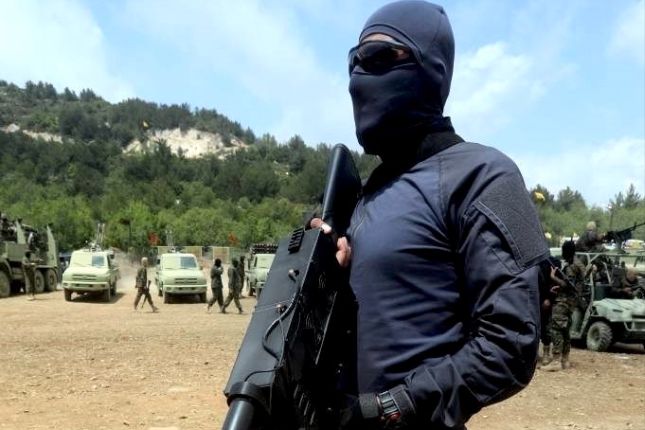
Al-Radwan Force militant during a drill in May 2023. Photo: Tasnim News Agency, Wikimedia Commons, CC BY 4.0.
But Nasrallah instituted a system of quick recovery in the event of assassination. Every commander is assisted by a deputy who in turn is assisted by an aide; and all three have access to the same files and can easily play the role of a leader in the event of an assassination. And that’s exactly what happened when the command of Rudwan was directly targeted by Israel.
It’s also noteworthy that Hezbollah has remained committed to rules of combat that are far different from those of Israel.
Israel is willing to flatten six residential buildings to kill one man. Hezbollah has focused on military targets throughout the year of conflict and has deliberately avoided targeting civilians. It wishes to draw a moral line between its rules of war and those of the savage enemy that models itself after fascist regimes.
But this could soon change. If Israel continues to slaughter civilians in indiscriminate attacks on residential neighborhoods, Hezbollah might find itself compelled to respond in kind and attack Israeli civilians.
Thus far it has avoided that despite public demands (by supporters of Hezbollah and by displaced people from South Lebanon) for Hezbollah to attack civilians in Israel.
Hezbollah Changing
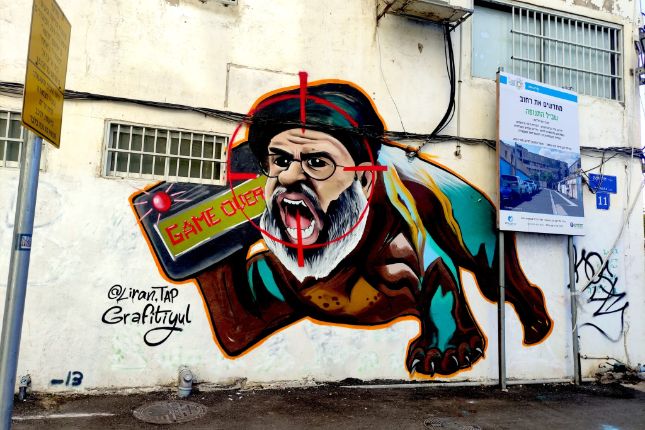
Graffiti of Nasrallah with a pager in Tel Aviv, Israel, in September. Photo: Nizzan Cohen, Wikimedia Commons, CC BY 4.0.
Hezbollah is already a different organization without Nasrallah and it will continue to change in direction and leadership for months and years to come.
When the dust settles the organization will undertake a thorough process of reform, reconstruction, punishment and accountability. There will be an attempt to plug holes and locate possible human infiltration within the ranks.
Although it is most likely that the security breaches were almost all electronic in nature, the presumed failure of Israel’s attack on security chief Wafiq Safa last week may indicate that the party was finally able to trace the method by which Israel locates its leaders.
According to an account by Ibrahim Amin, the publisher of al Al-Akhbar, Safa used a phone that triggered the Israeli security system, which sent fighter jets to basically flatten two residential buildings while missing its target. Safa may not have been in that area at all.
Israel’s increasing conundrum is that it has all the tools of mass violence at its disposal and an unlimited supply of weapons and money from Western powers complicit in Israeli crimes, but it still has been unable since 1948 to win without direct military help.
Israel, more than ever, needs to constantly inflict mass death on Arabs to try to prevail, only to provoke the dialectical logic of resistance. The more you occupy and kill, the more you unwittingly educate and spur the natives to rebel.
If this resistance movement fails, another will be around the corner. It is highly logical to assume that generations of Palestinians and Lebanese will grow up with a strong urge for revenge. Gaza will provide the ranks for new organizations that will strike back at Israel for the obliteration of whole families and the destruction of schools, houses of worship, and health centers.
The United States is making the same mistake it made in 1982 when it assumed an Israeli invasion of Lebanon could subjugate the population to enable the U.S. and Israel to reconfigure the political system and install a puppet president who could do Western bidding.
This time around it will be different. In the early 1980s, the group that would become Hezbollah was no more than a few dozen committed men supported by Iran.
This time around we are talking about tens of thousands of Lebanese aided by thousands more from other political organizations that will be determined to prevent the formation of Israeli-American order in Lebanon.
And if that happens, and if the U.S. harbors those dreams of conquest, the results will be exceedingly bloody for American troops who might enter into Lebanon and for the local population as the U.S. and Israel will typically take it out on civilians.
Main photo: Shell hole in the portrait of a dead Hezbollah fighter on a signboard near Bint Jbeil in southern Lebanon, 2007 © Paul Keller, Flickr,CC BY-NC 2.0.
Source: Consortium News.
